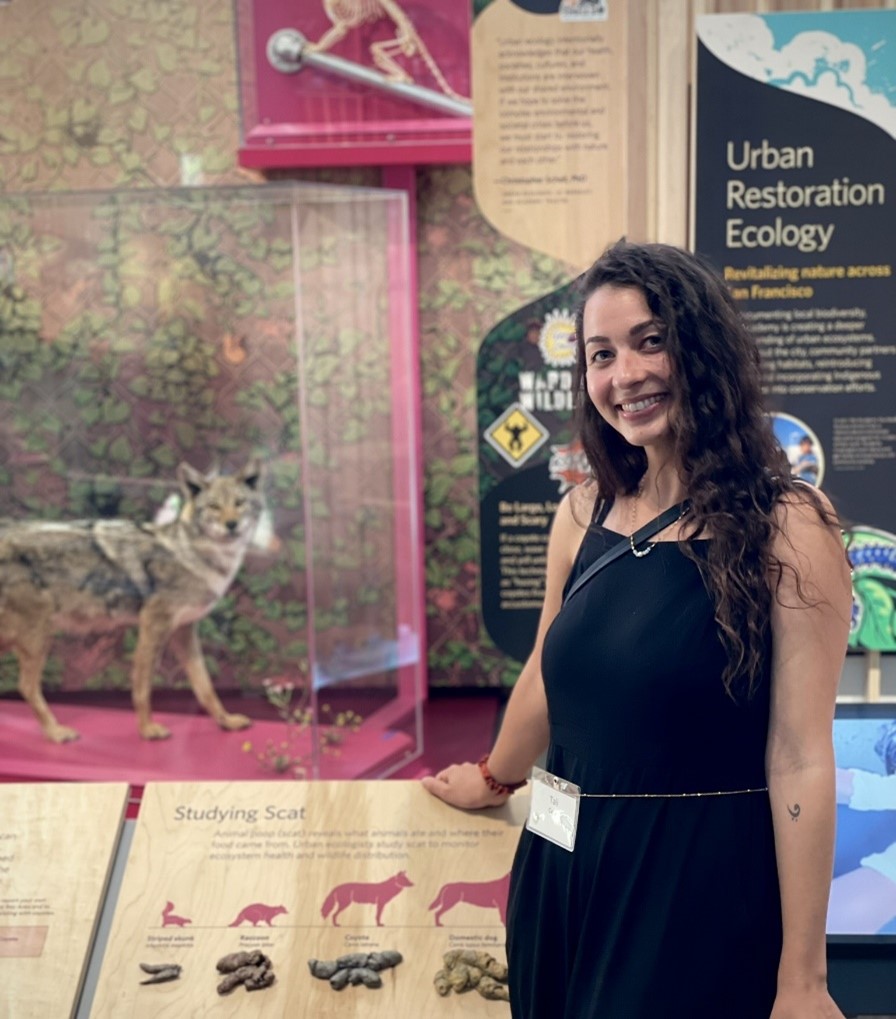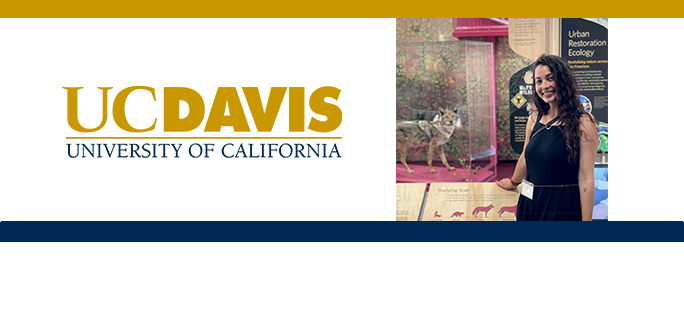 What do animals eat when they live in urban spaces?
What do animals eat when they live in urban spaces?
Tali Caspi, urban ecologist and Ph.D. candidate at the University of California, Davis, takes off the lid.
Tali’s work on urban wildlife focuses on emerging patterns and underlying mechanisms of individual variation across the urban landscape to better understand the factors that allow animals to effectively respond to urbanization. She integrates animal behavior, organismal biology, and urban ecology to assess how the built environment shapes the ecology of urban carnivores. Her current research with the Mammalian Ecology and Conservation Unit explores the nutritional ecology of urban coyotes in San Francisco. As a science communicator, Tali aims to promote human-wildlife coexistence in urban areas.
How Cities Shape What Animals Eat
Animals of the city mostly go about their business unnoticed, but that doesn’t mean people aren’t profoundly shaping their lives. In San Francisco, California, coyotes made a comeback at the turn of the century, decades after their extirpation. But as natural areas have given way to restaurants, apartments, and sidewalks, these urban carnivores have shifted what they eat.
To better understand how the diets of San Francisco’s coyotes are shaped by urban infrastructure and human activity, we collected and analyzed hundreds of coyote scats from across the city. In the lab, we extracted and amplified DNA from each scat to identify the vertebrate prey it contained. With this molecular data, we determined the most frequently consumed diet items and examined how coyote diets varied from city block to block.
Overall, the scat samples contained 59 distinct diet items, the most common of which included human-provided foods—primarily chicken and pork—along with pocket gophers, raccoons, voles, rats, mice, pigeons, and ducks. Our DNA-based method was even sensitive enough to detect some rare items like sea lion and fin whale.
Although human-sourced food was the largest contributor to overall coyote diet, not all individuals consumed it equally. Coyotes living in more urbanized parts of the city ate more human-sourced food than their neighbors with more access to undeveloped green spaces. We also found that the number of restaurants in a coyote’s territory was correlated with the consumption of invasive rats and mice.
Ultimately, the variation in coyote diets across neighborhoods with differing land cover shines a spotlight on the ways in which human behavior and built infrastructure shape the foraging strategies of individual animals in cities. At the same time, our findings highlight the diverse set of dietary and habitat affinities coyotes can adopt, demonstrating their flexibility and resilience in a rapidly urbanizing world.
Read More:
[Ecosphere] – Impervious surface cover and number of restaurants shape diet variation in an urban carnivore
bayareacoyote.org
Tali on BlueSky


